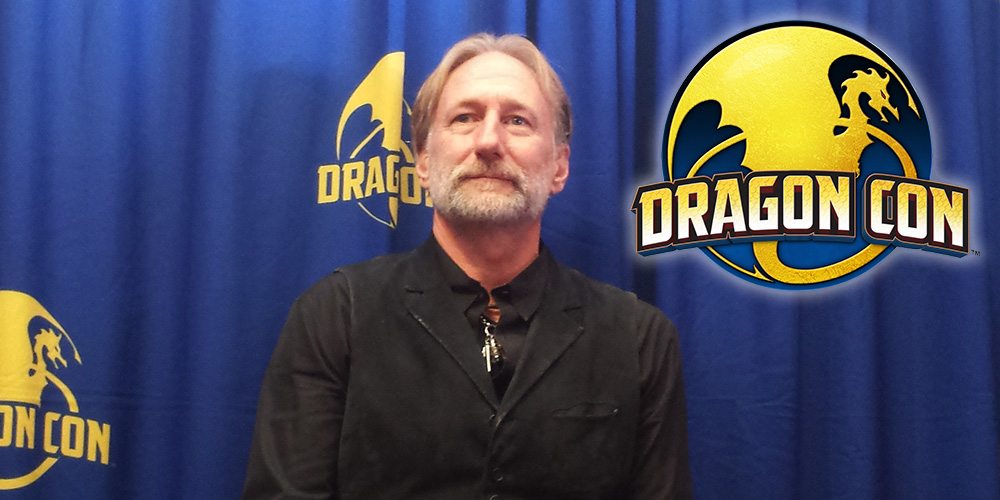Later on in life, as he was riding the trolley in Minneapolis, he passed by a Salvation Army thrift store that had a sale on records: 2 for a nickel. He hopped off, found $.55 in his pockets, and went home with 22 records. After that, he continued to frequent the store, collecting records and looking for rare finds. When he was 16 years old, he got a reel-to-reel machine and started recording songs off radio and sometimes TV: his “equivalent of file-sharing.”
He started playing records and tapes at high school sock hops. One day, he heard Dick Clark on TV announcing that he would be playing a new song by Elvis Presley: “Jailhouse Rock.” He managed to record it, and then at an opportune time at the sock hop that weekend, played it back for the crowd. As soon as the song started, every girl in the room squealed with glee. Dr. Demento said that Elvis made a lot of young people want to become a rock star — but for him, this experience made him want to become a DJ.
Well, then he arrived at Reed College. He had applied to several places, some of which turned him down, so it was a choice between Reed and Carleton. His mother told him that Carleton wasn’t far enough away — she didn’t want him there every weekend doing his laundry — so Reed it was. It turns out it was a great fit. [At this point Dr. Demento shared a clip of Monty Python’s Philosopher Football, just as a visual aid about taking humanities courses at Reed.]
He joined the group in charge of the college’s 10-watt radio station, and soon became student manager of the station. He had a half hour show on Fridays playing mostly blues. At the time, the radio show was 90% classical music, funded mostly by selling program guides which would tell you when particular pieces and shows were scheduled to air. But, being a small station near a much bigger, more successful classical music station, this turned out to be not a great way to raise money. So, largely at his behest, the station started allowing students to have more free-form radio slots, playing their own records, and he played a lot of his various thrift store finds.
He graduated in 1963 as a classical music major, and then shortly after ended up at UCLA, where he’d heard there was a graduate program in folk music studies. While there, a radio station KMPX was selling its radio time by the hour, allowing young people to play whatever they wanted. It was one of the only stations in the nation that did this, and as a result there were things you could hear on KMPX that you couldn’t hear elsewhere: for example, it was the only radio station where you could hear Jimi Hendrix at first.
This format was then brought to another station, KPPC (originally owned by the Pasadena Presbyterian Church, thus the call letters). A friend of his, “Obscene” Stephen Clean invited him to do a show and gave him his name, Dr. Demento. Originally Dr. Demento’s show was mostly rock oldies, plus some rare finds. A few times a show he would play some of his novelty 45s, like “Transfusion” by Nervous Norvus. Doc treated us to a video of Bobby Pickett recreating his “Monster Mash” video (I couldn’t find that version, but there are plenty of versions of the song online), and then led us all in a chorus of one of his most requested songs: “They’re Coming to Take Me Away, Ha-Haaa” by Napoleon XIV.
He moved to KMET in 1972, a bigger radio station that garnered him an even bigger audience, and by 1974 he was in syndication, playing in a lot of other cities around the country. He’d discovered by this time that his fans really loved the novelty records, and the more funny music he played, the more popular he became.



